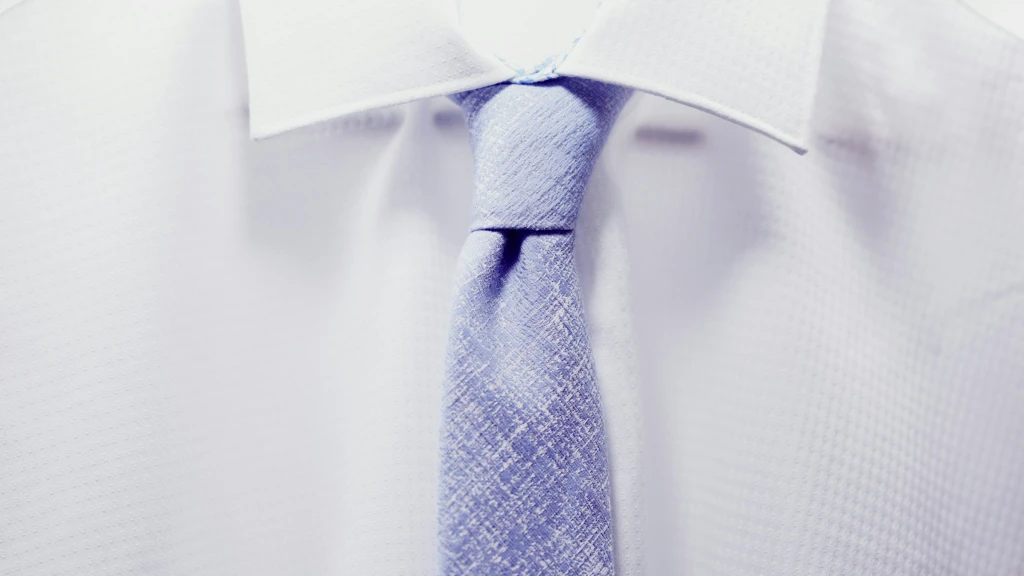Business Attire in Canada
Visits: 3574

Business attire refers to the clothing that employees wear to work. In Canada, the type of business attire can vary greatly depending on the industry, company culture, and the specific job role. Understanding appropriate business attire is crucial as it can impact how professionals are perceived and can affect their success in the workplace.
Industries with Strict Business Attire
Certain industries in Canada typically require formal business attire. These include:
Finance and Banking
In the finance and banking sector, employees are often required to wear formal business attire. This usually means suits and ties for men and tailored dresses or suits for women. The expectation is that employees present a professional and polished appearance, which instills confidence in clients and colleagues.
Law
Law firms also have strict dress codes. Lawyers and other legal professionals are expected to dress in formal business attire. Court appearances and client meetings require a high level of professionalism, which is reflected in their clothing choices.
Government and Public Service
Many government offices and public service roles require formal business attire. This helps maintain a sense of authority and respectability, which is important in these positions.
Industries with Casual Business Attire
On the other hand, some industries in Canada allow for more casual business attire:
Technology
The technology sector is known for its relaxed dress code. Employees in tech companies often dress in business casual or even casual attire. This can include jeans, t-shirts, and sneakers. The focus in this industry is more on creativity and productivity rather than formal appearance.
Creative Industries
Industries such as advertising, media, and design often have a more casual dress code. Creative professionals are encouraged to express their individuality, which can be reflected in their clothing choices.
Start-ups
Many start-ups adopt a casual dress code to create a more relaxed and dynamic work environment. This can help foster creativity and innovation, which are crucial in these types of companies.
Weather Considerations
Canada is known for its cold winters, which can pose a challenge for business attire. Here are some tips for dressing appropriately during the winter months:
Layering
Layering is key to staying warm in the winter while maintaining a professional appearance. Employees can wear thermal undergarments beneath their business attire. Adding a sweater or cardigan can provide extra warmth.
Outerwear
Investing in a high-quality, professional-looking winter coat is essential. Coats should be warm yet stylish, suitable for business settings. Accessories like scarves, gloves, and hats are also important for staying warm but should be chosen carefully to maintain a professional look.
Footwear
Winter boots are a necessity in many parts of Canada. Employees often wear boots during their commute and change into dress shoes once they arrive at the office. This ensures they stay warm and safe while traveling but maintain a professional appearance at work.
Office Dress Code in Canada
The dress code in Canadian offices can vary greatly depending on the company and location. Here are some general guidelines:
Formal Business Attire
As mentioned earlier, some industries require formal business attire. In these environments, employees should always opt for conservative, well-fitting clothing. Men typically wear suits and ties, while women might wear suits, dresses, or skirts with blouses.
Business Casual
Many Canadian offices adopt a business casual dress code. This can include dress pants or khakis, collared shirts, blouses, and sweaters. Business casual is less formal but still professional. Jeans are sometimes acceptable, but they should be free of rips and tears.
Casual Fridays
Some companies have casual Fridays, where employees can dress more casually than usual. Even on casual Fridays, it's important to avoid overly casual items like shorts, flip-flops, or graphic t-shirts.
The Impact of Attire on Business
The way employees dress can significantly impact how a business is perceived. Here are some ways attire can affect business in Canada:
Professionalism
Dressing professionally helps to create a positive impression on clients, colleagues, and superiors. It shows that employees take their roles seriously and are committed to their work.
Company Image
The dress code can reflect the company’s brand and culture. A formal dress code might convey a sense of tradition and stability, while a casual dress code might suggest a more modern and innovative approach.
Employee Morale
Allowing employees some flexibility in their attire can boost morale. When employees feel comfortable and able to express their individuality, they may be more productive and satisfied with their work.
Conclusion
Understanding business attire in Canada is essential for success in the workplace. Different industries have varying expectations, and employees should dress accordingly. Considering the weather, especially during the cold winter months, is also important to maintain professionalism while staying warm. Ultimately, appropriate business attire helps to create a positive impression, reflects the company’s culture, and can enhance employee morale.
